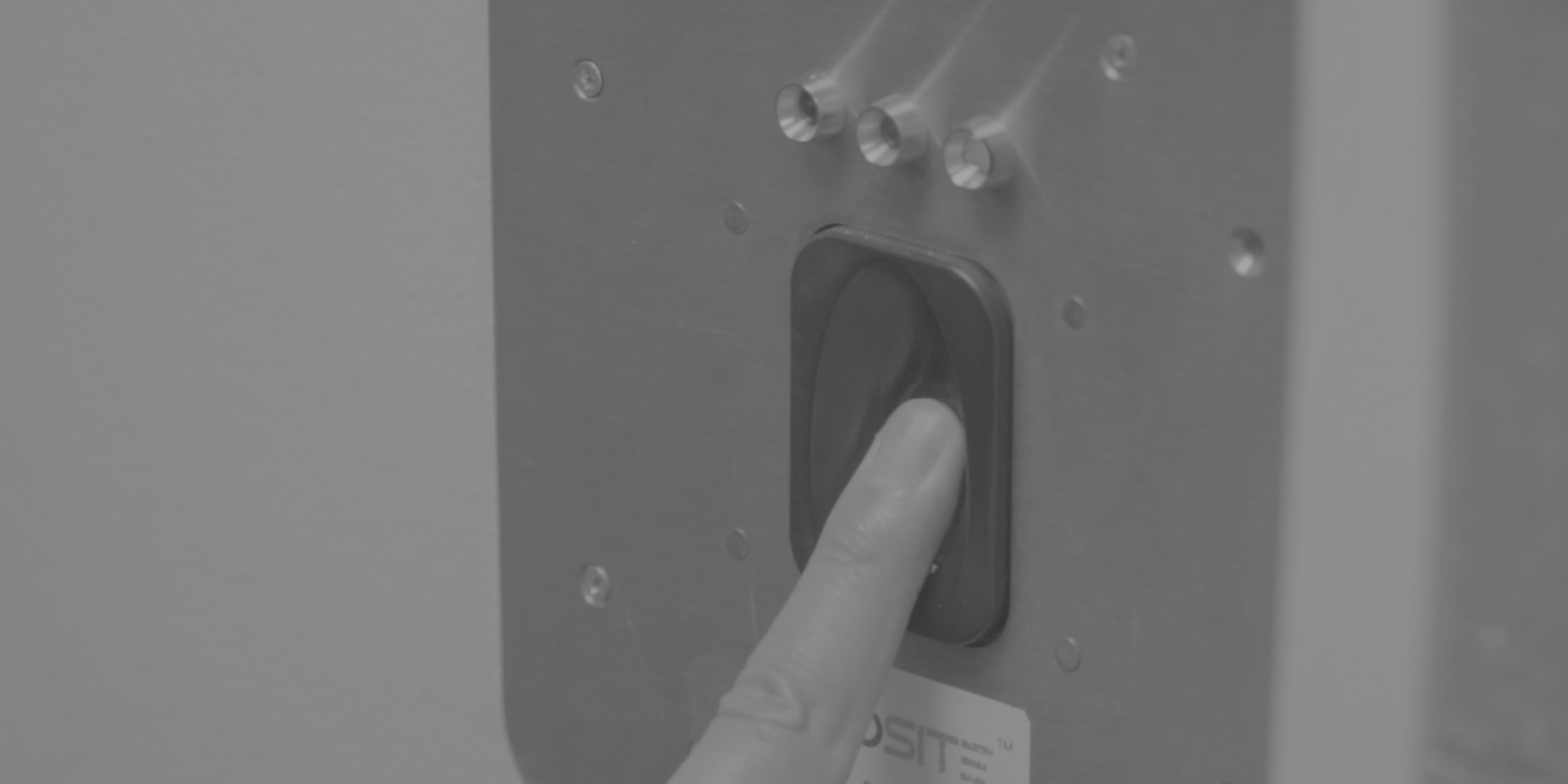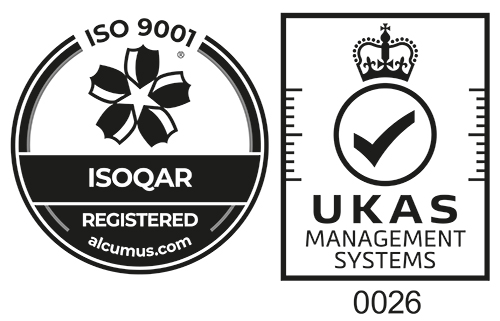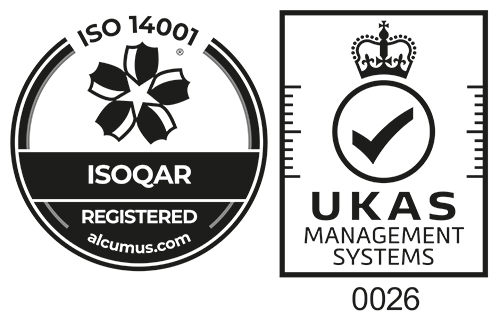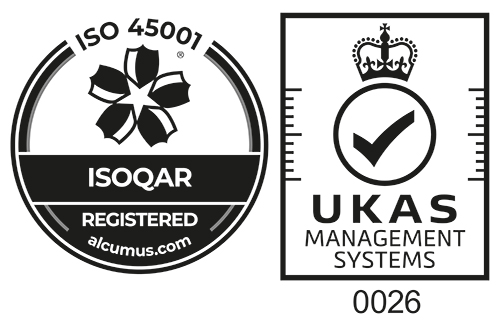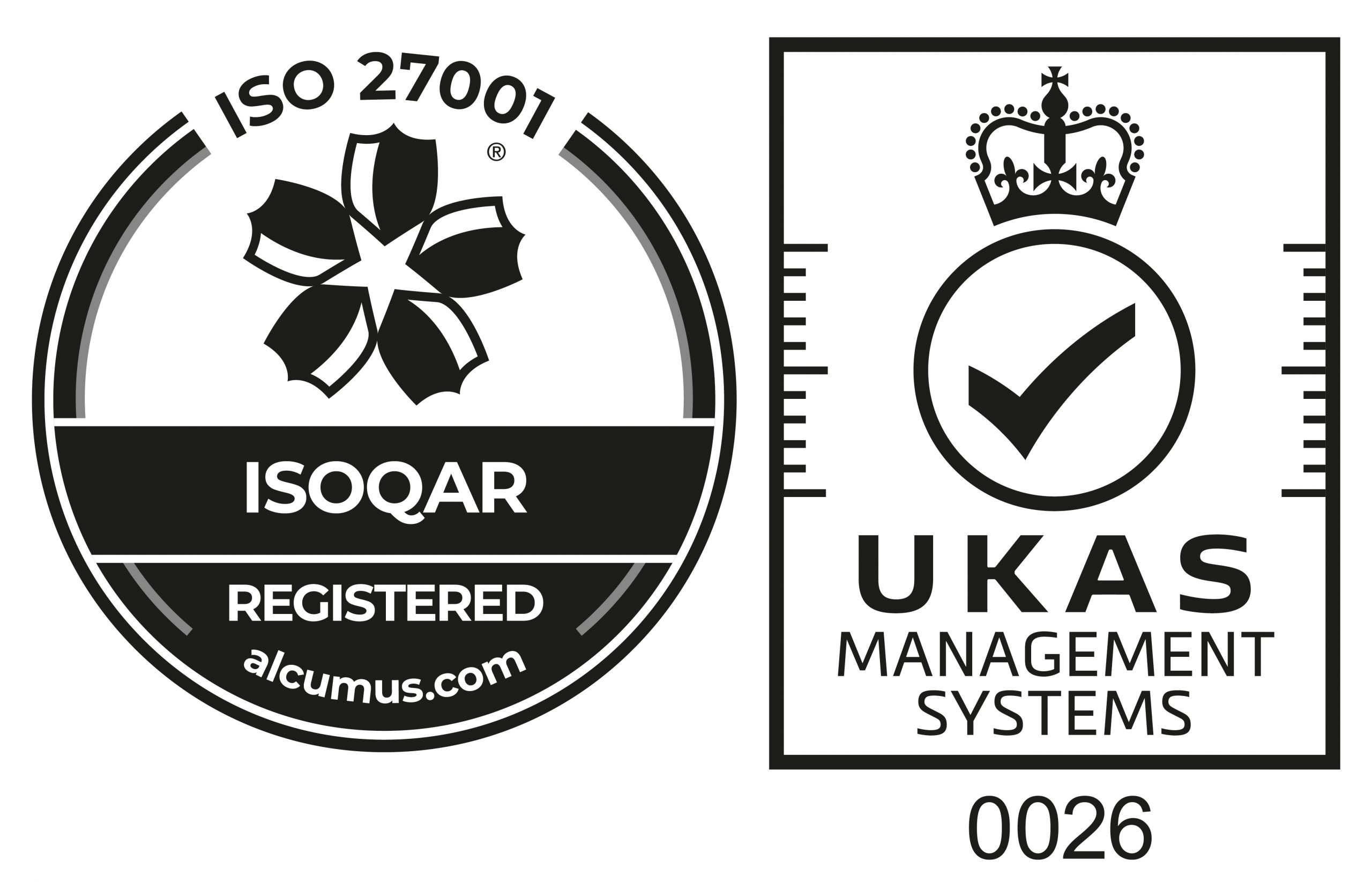In the initial aftermath of COVID-19, the Construction Leadership Council (CLC) and government issued site safety guidance recommending the disablement of entry systems – specifically highlighting fingerprint readers. This understandably caused concern and confusion amongst our customer base about the best course of action – how could they maintain workforce management systems and the established benefits they provide or how could they combat the potential risk factors of reverting to traditional sign in methods? It was a challenging time and just one of many safety-critical decisions that needed to be made by construction leaders, quickly, to respond to pressure to ‘keep Britain building’.
Our priority was to support our customers in construction as they navigated the situation and guidance, by providing reassurance and flexibility. We quickly realised there wasn’t a ‘one-size-fits-all’ solution, which is why we worked in collaboration with our customers to provide a range of tailored solutions and alternative technologies and systems that would suit their needs, align with company guidelines and work for each site.
We did however feel strongly that the full capabilities of workforce management systems on site – both in respect to and outside the remit of managing COVID-19 transmission risk – were not fully understood and reflected in guidance. So, we engaged with both the CLC and government to share our point of view and insight on just what workforce management systems are capable of. We explained these benefits and recommended measures on how systems could be safely maintained through effective cleaning and hygiene procedures (similarly to how other high contact touch points were being maintained on site). Here are just some of the main benefits of Biosite’s workforce management system:
- Ensuring workers on site have relevant qualifications and skills and are competent to perform certain tasks – minimising risks to health and safety
- Monitoring the ratio of safety critical roles on site, such as first aiders and fire marshals
- Understanding who is on site at any one time – helping to monitor social distancing and capacity recommendations, including shift times and workers in certain site ‘zones’
- Tracking compliance with health and safety briefings, including any specific COVID-19 operative training
- Producing an accurate historical record of attendance to support the ‘track and trace’ approach to infection control
- Preparing an automatic roll call in the event of a site evacuation, on site and for the emergency services
- Preventing modern slavery and HMRC breaches
- Supporting GDPR compliance
- Supporting the implementation of other COVID-19 safety measures, including temperature monitoring systems, that can be linked to access control systems to restrict site entry for operatives exhibiting a high temperature
This advice was taken into consideration with an outcome that has led to both pieces of guidance being updated to remove the restrictions around utilising access control and entry systems on site (subject to recommended hygiene and cleaning measures). We communicated this update directly with our customers and we have since seen the reinstatement of fingerprint readers on sites across our customer base, around the country.
This process has only reinforced our belief that workforce management systems are a critical piece of the puzzle when it comes to the digital transformation of the construction industry; something that is only accelerating due to the impact of COVID-19. As such, we will continue to champion these systems and demonstrate their value to our customers – including the role they have to play amidst a global pandemic.
Biosite Access Control Solution
Dr Li Wang,
Managing Director

